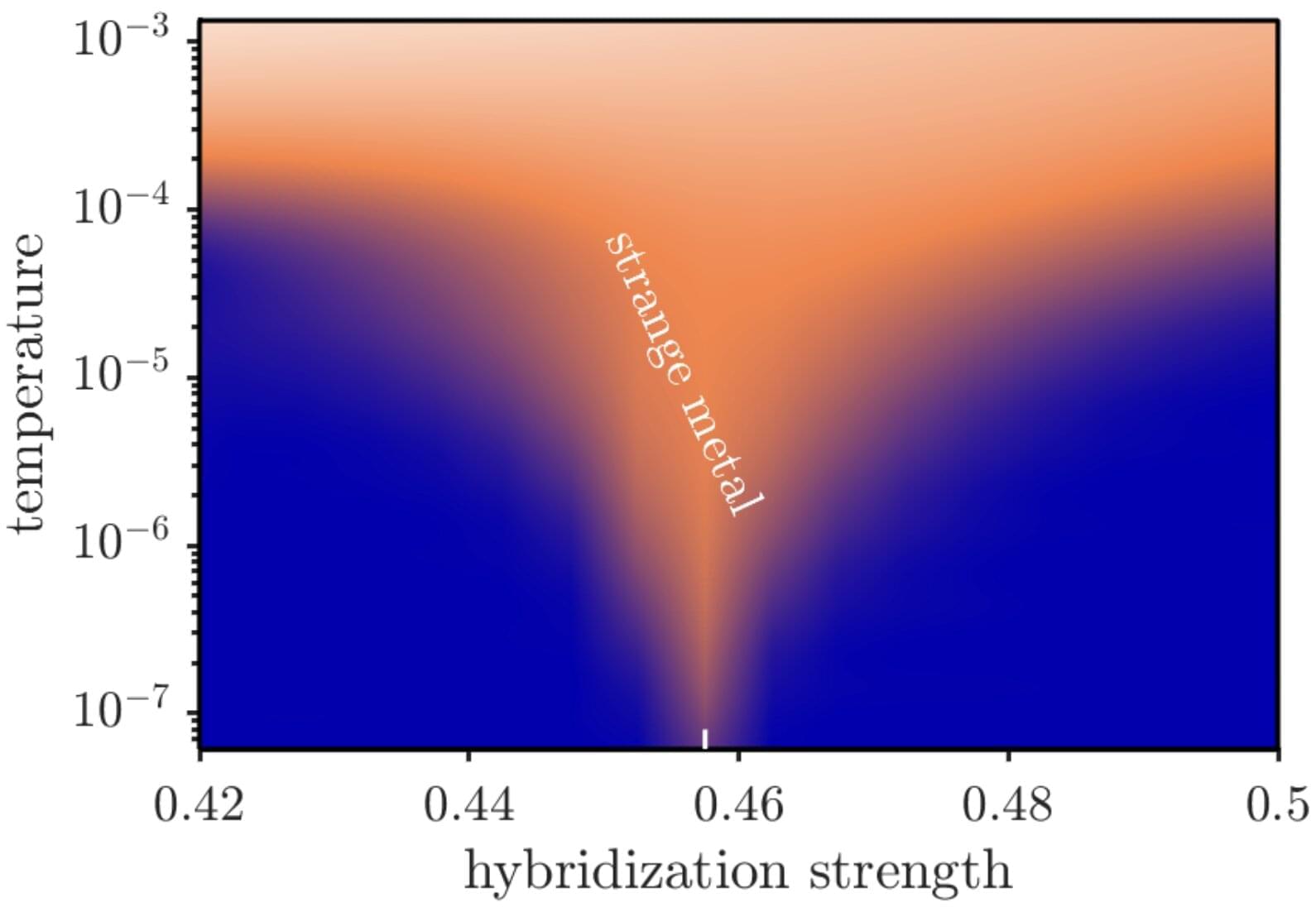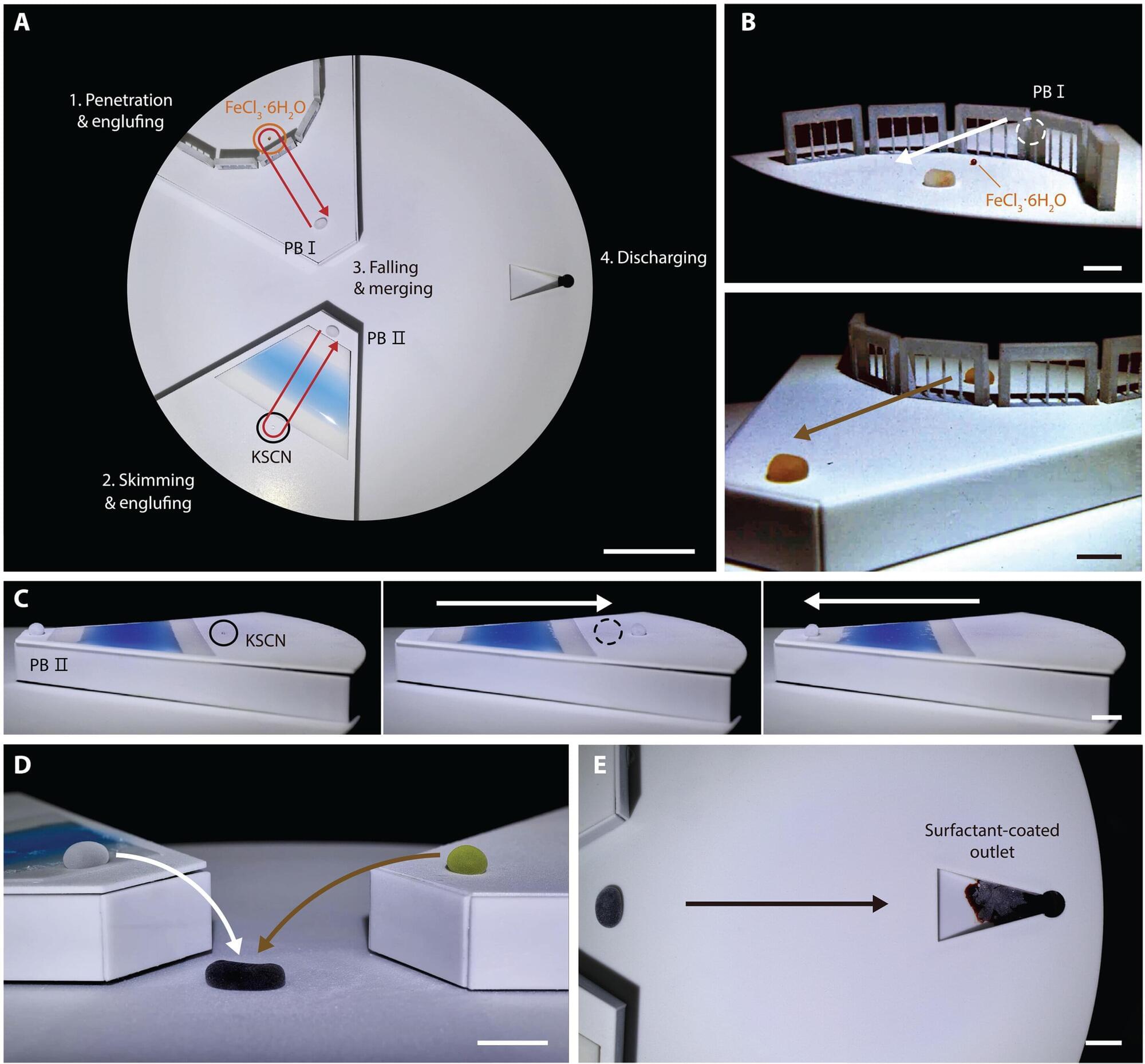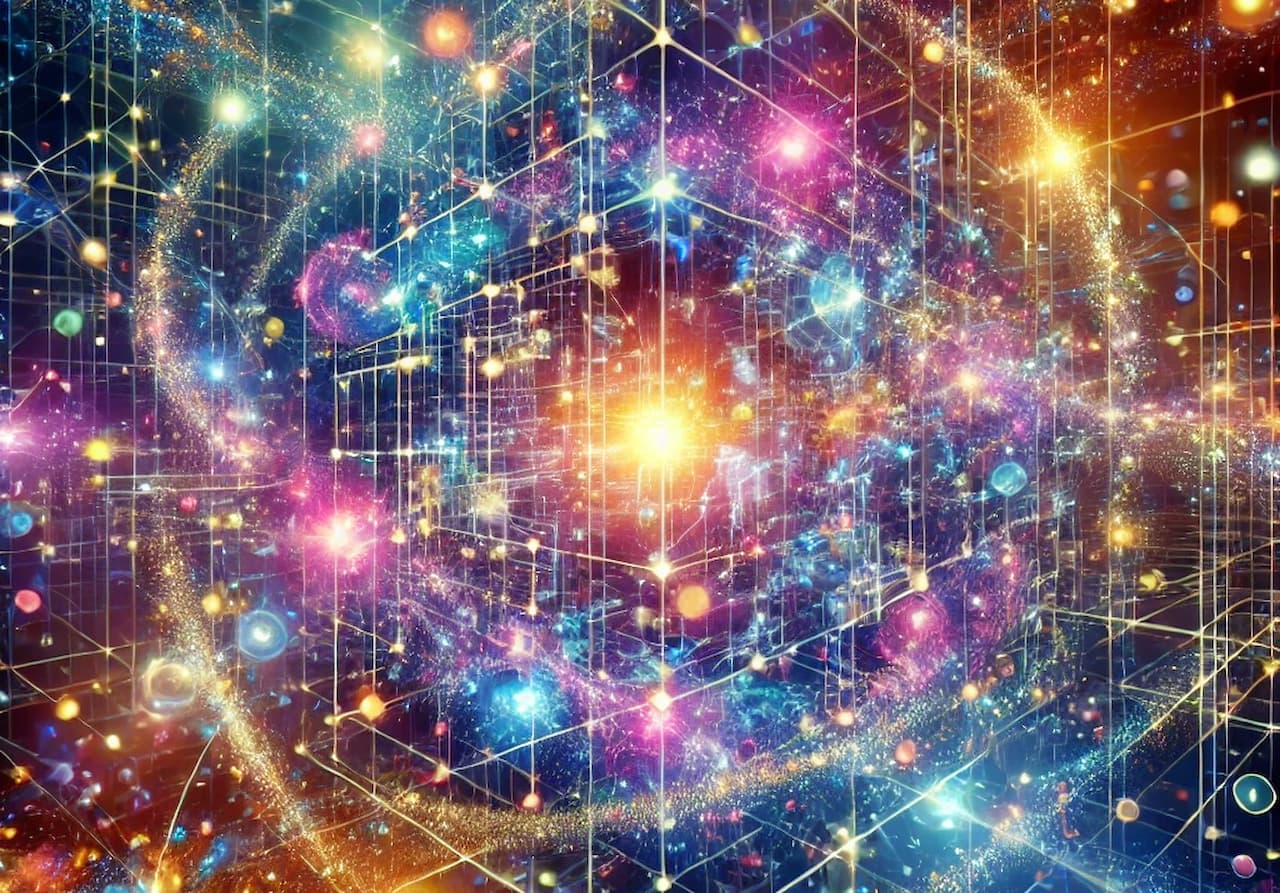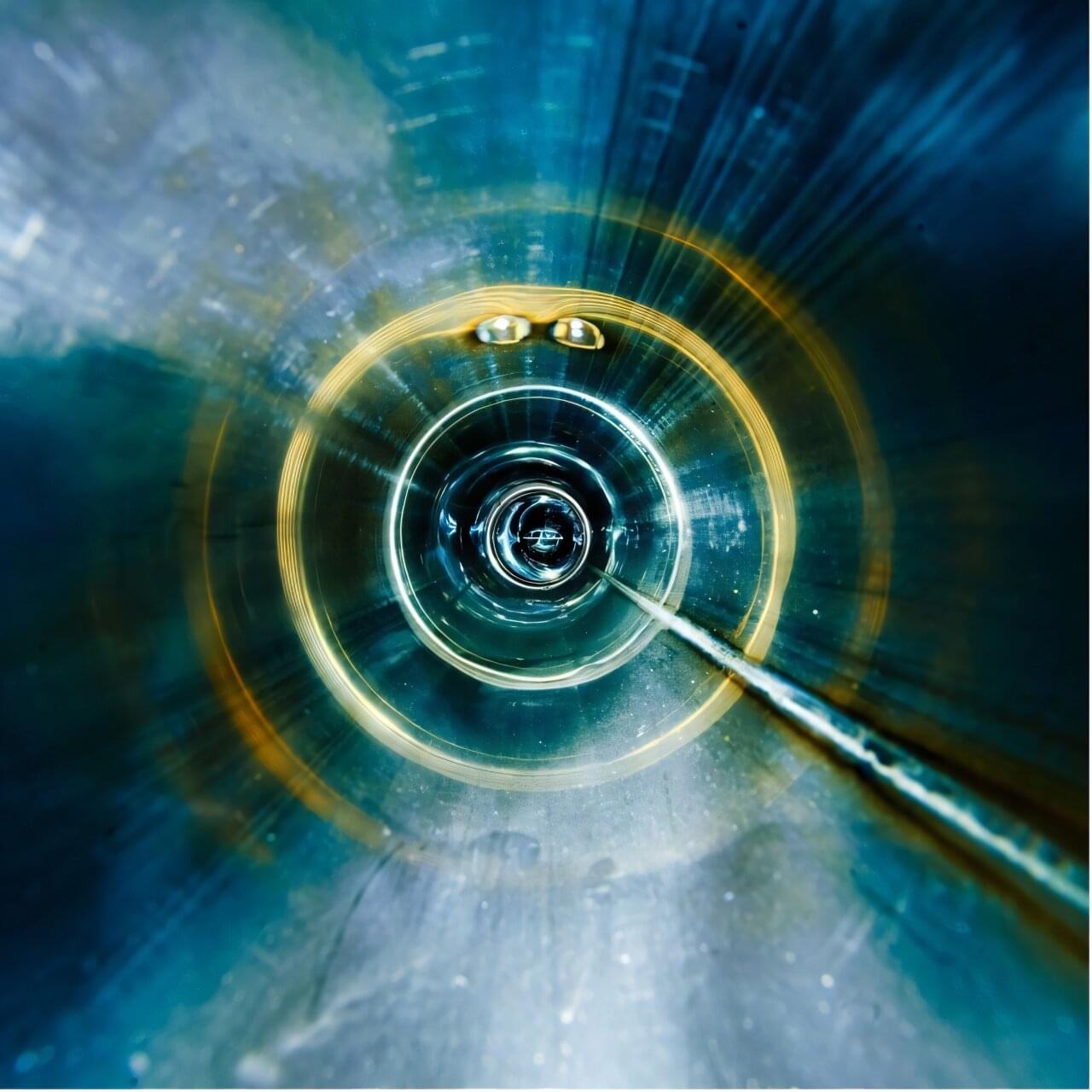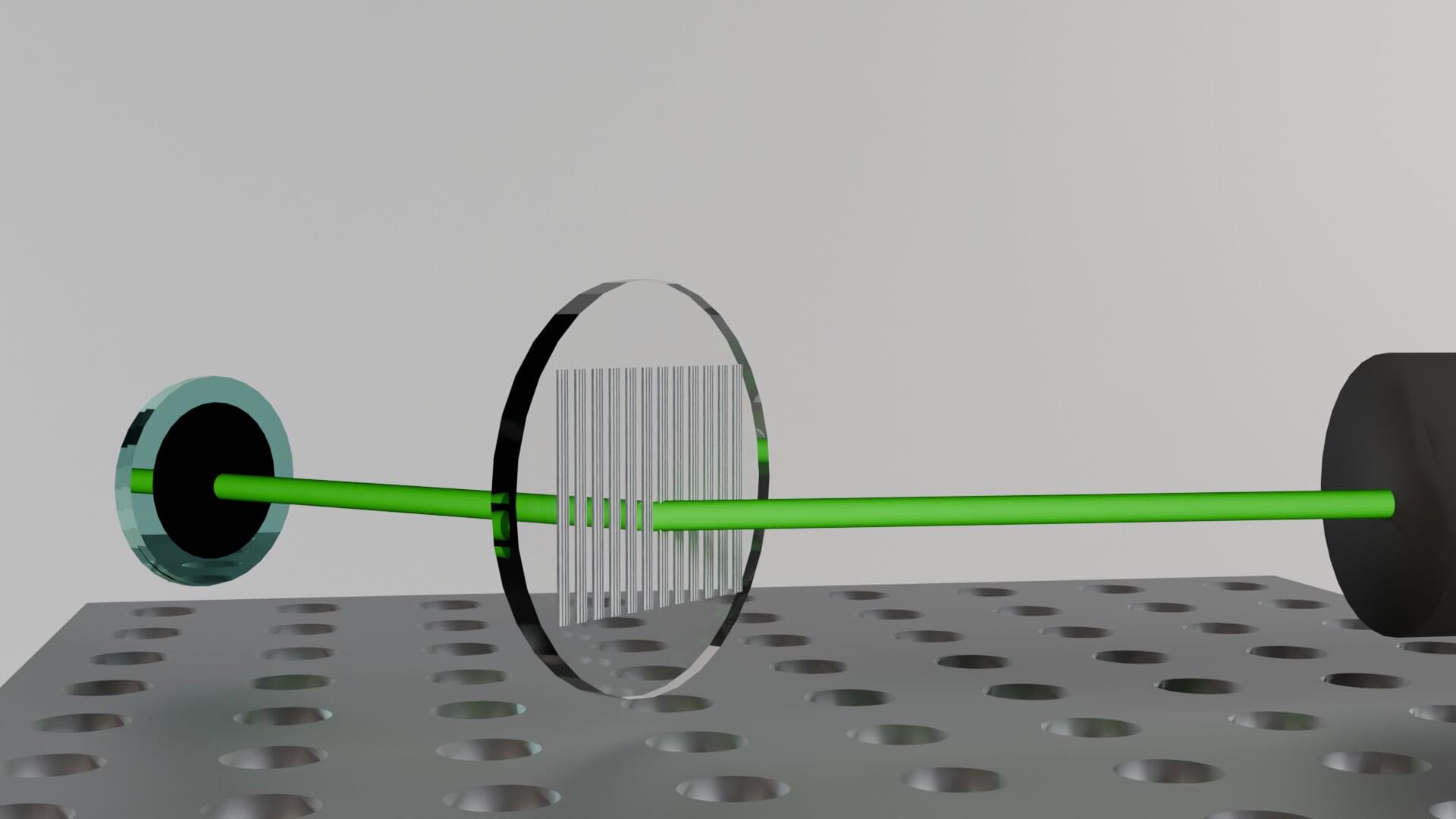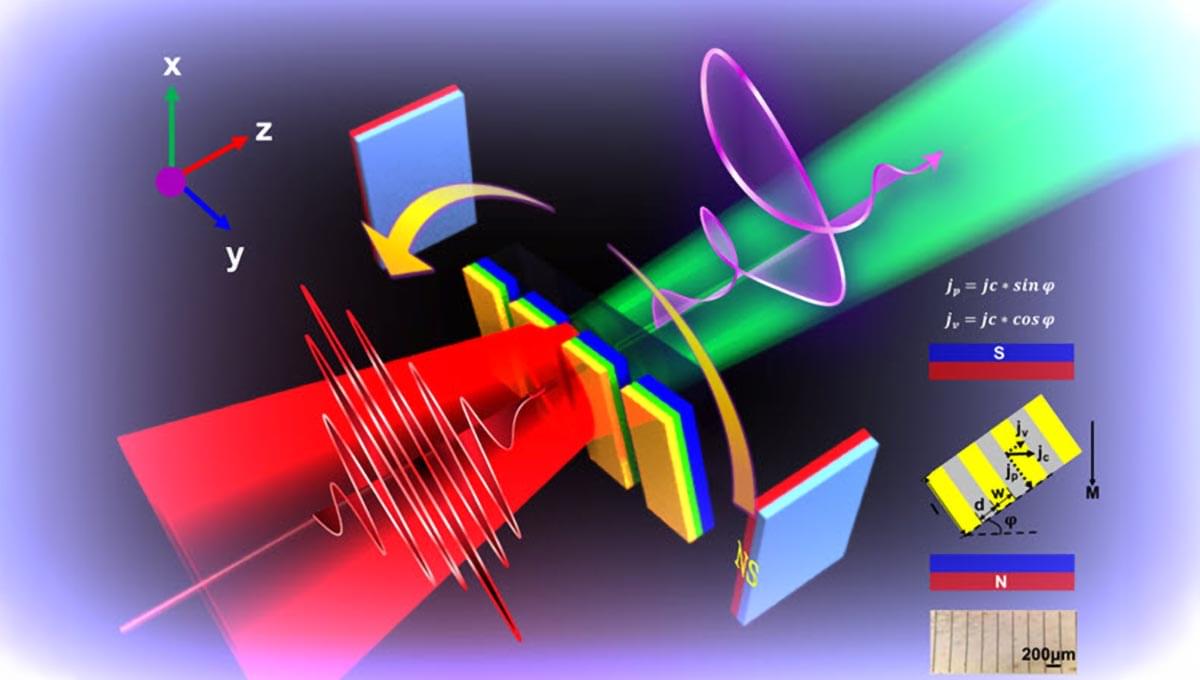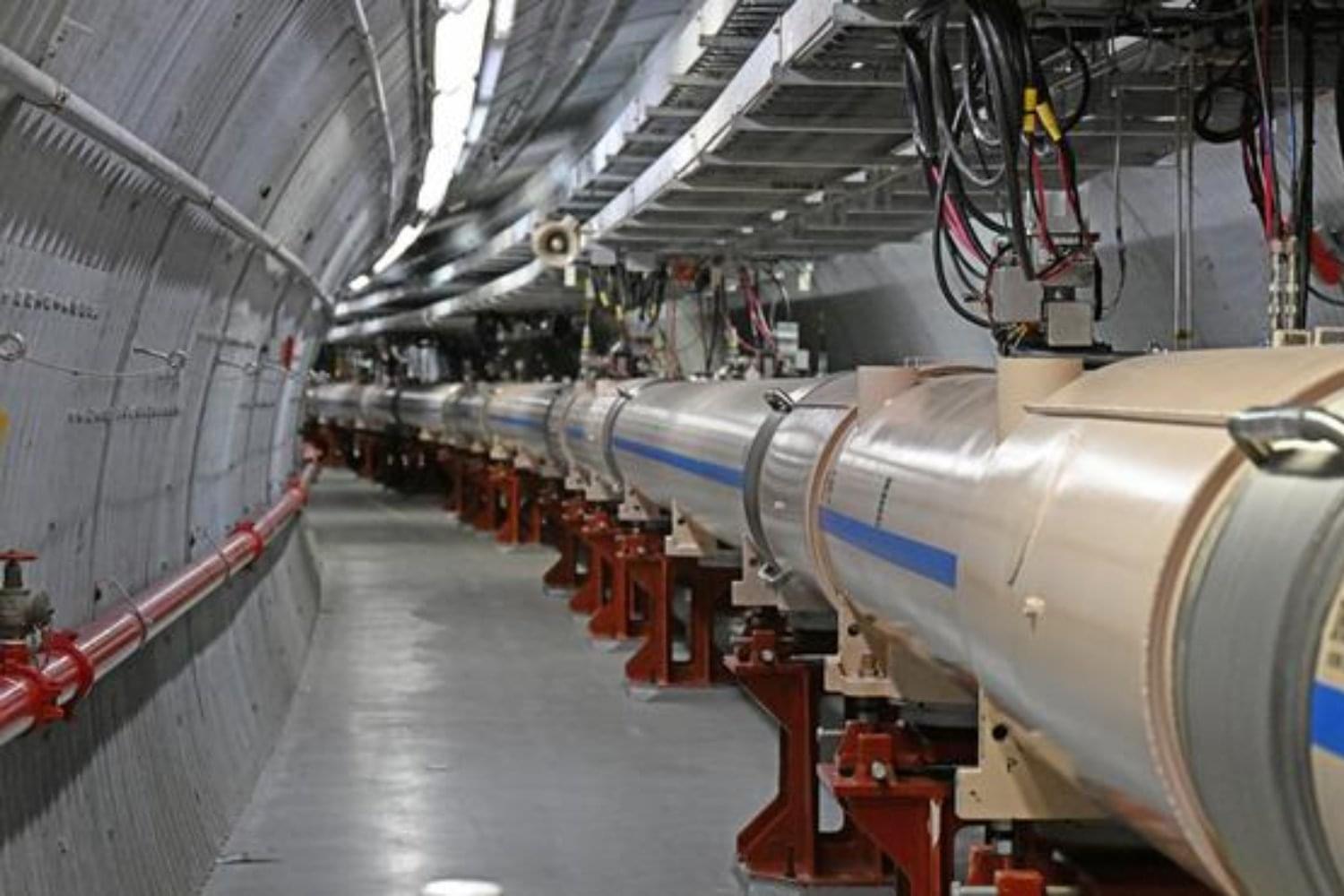Until now, creating quantum superpositions of ultra-cold atoms has been a real headache, too slow to be realistic in the laboratory. Researchers at the University of Liège have now developed an innovative new approach combining geometry and “quantum control,” which drastically speeds up the process, paving the way for practical applications in quantum technologies.
The paper is published in the journal Physical Review A.
Imagine being in a supermarket with a cart filled to the brim. The challenge: get to the checkout before the others, without dropping your products on the corners. The solution? Choose a route with as few corners as possible to go faster without slowing down. That’s exactly what Simon Dengis, a doctoral student at the University of Liège, has managed to do, but in the world of quantum physics.

